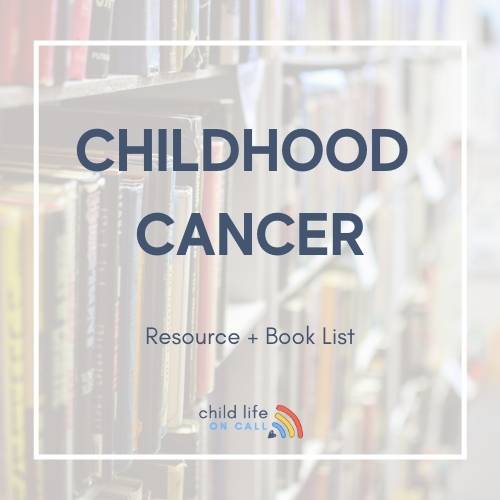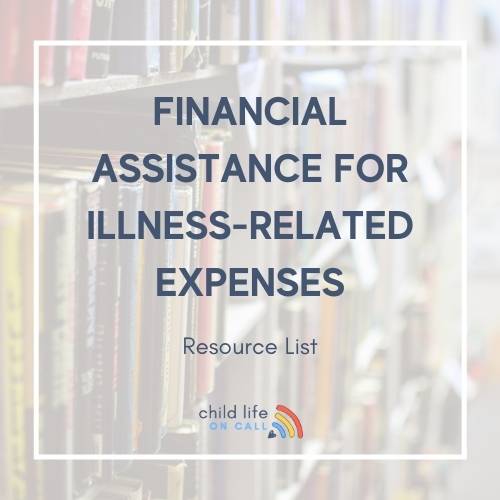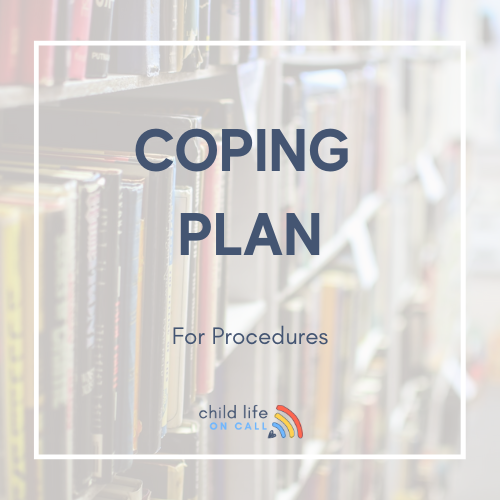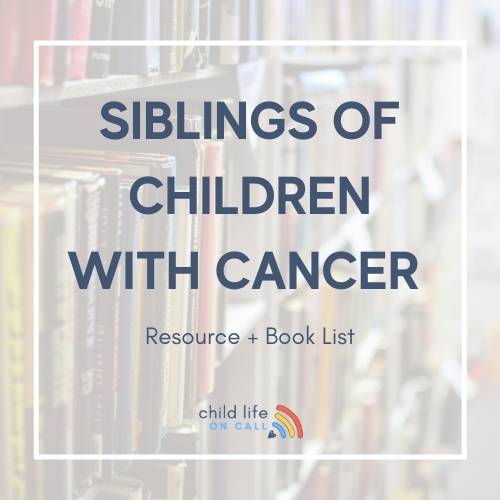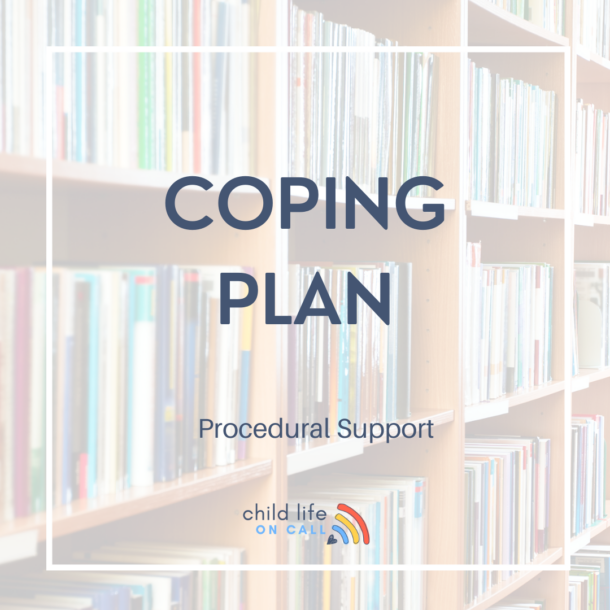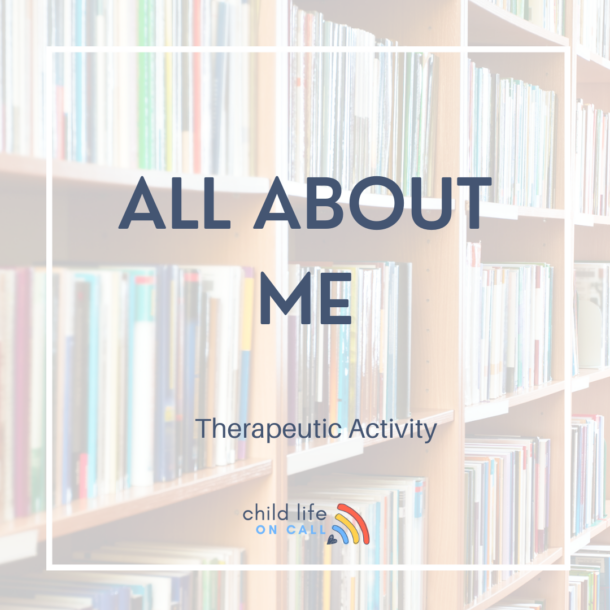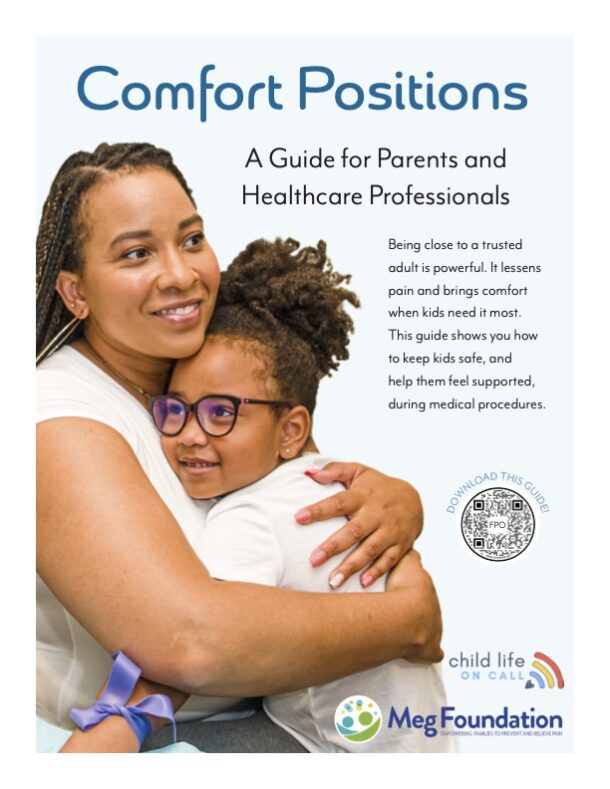April is Child Abuse Prevention Awareness Month. We have reposted this episode to bring awareness and give you tangible tools to speak with your kids about child abuse. Today’s guest expert is Jane Donovan, who is a child abuse prevention advocate. "And like we say in...
Episode 114 | How to Talk with Kids About Child Abuse with Jane Donovan
Podcast Show Notes
Today’s guest expert is my mother, Jane Donovan, who is a child abuse advocate. She is here to provide tangible ways to make this concept less scary and to empower kids and parents. We want to leave you feeling confident about how to teach kids about child abuse.
In this episode, we talk about…
[3:50] Jane’s background and her passion for advocacy
Jane originally became involved in child abuse advocacy after an event in 1993. We were at a park for my brother’s baseball practice, and there were also soccer tournaments happening. In the midst of those tournaments, a seven-year-old girl (only six months younger than me) was abducted from the park. It hit her hard because she realized it easily could have been me that was taken from that park.
Tragically, that little girl did not survive. Years later, Jane and her parents are best friends. Jane feels like that little girl still rides on her shoulder, and she has given her the passion for child abuse advocacy. Jane realized that she needed to find out how to prevent that from happening to her children, and she found a nonprofit project called Children’s Advocacy Center. It is a child-friendly environment that houses those responsible for investigating child abuse through forensic interviews and holding offenders accountable.
The first day she volunteered, she was filing beta tapes and VCR tapes. When she looked at the name of the girl who had been interviewed, she recognized it as a classmate of her son. That gave her affirmation that she was in the right place and doing the right thing, and it really launched her into the next 30 years of involvement with advocacy and educating the community about child abuse. She wanted to empower children so they had the information they needed to stay safe. While it is not their responsibility to protect themselves, we can provide them with tools to help them understand what personal boundaries are and empower them to stand up for themselves or seek help.
[8:48] Using puppets to talk to kids about child abuse
Jane continued to volunteer at the center, and then she worked there for 10 years leading community education efforts. She believes that child abuse awareness has really taken off, and people understand that it is a public health epidemic. We can help our kids stay safe, and it is up to us as adults to empower children in a way that does not frighten them.
The benefactor of CAPP (Child Abuse Prevention Program) in New York City flew a group from New York to Plano, TX, and they brought a puppet program with them. It was a style of puppetry using life-size puppets, and the shows were performed for children in kindergarten through fourth grades. Clinicians offered the program, and then children could speak to them after the show if they wanted to do so. The goal was for children to have an opportunity to disclose abuse in a safe space.
While Jane was not a clinician, she wanted to create something that she called “edutainment”. She wanted to educate children while also entertaining them, and she created an educational puppet program called the Kids Count Players. They featured three children (named Peanut, Butter, and Jelly), a teacher (Ms. StayStrong), a police officer (Officer DoRight), and a puppy (Amigo). Jane included a teacher because children are likely to disclose abuse to a teacher they trust, and she included a police officer because law enforcement is an important part of holding offenders accountable. She created music to go with the show, and she found 25 volunteers willing to go out and perform the show.
The program lasted about 30 minutes, and they provided information about abuse in a developmentally appropriate way. They talked about different kinds of touches rather than directly discussing sexual abuse, which made it more palatable for teachers, counselors, and parents. Jane started that program in about 2005, and when she left to move closer to her children and grandchildren they had performed for over 175,000 students. Walking away from that program was hard for her, but the program is still running. It just started again after the pandemic, and they provide a lot of resources including a child safety sheet and a parents’ guide about keeping their kids safe.
[15:04] Good touches versus confusing touches
The dialogue that they used in the puppet program was approved by the therapist at the advocacy center. It was recommended not to use the phrase “bad touch”, because children might take on the identity of being “bad” if it happened to them. Instead, they talked about good touches, such as hugs and handshakes, and confusing touches, which give you an “uh oh” feeling in your tummy.
[15:54] Empowering children to tell an adult about abuse
They also discussed physical abuse and emotional abuse in ways that kids would understand, and assured them that it was their parents’ job to keep them safe.
One of the most important messages to get across to children is that it is okay and encouraged to tell an adult if they have experienced a confusing touch or other forms of abuse. Even for young children, parents can sit down and agree about a few adults in their world that they would feel safe telling if they were being hurt.
[17:31] Respecting personal space
The example that makes personal space easy for children to understand is to have them stand inside a hula hoop. Everything inside the hoop is their personal space, and nobody has the right to come inside that space unless you give them permission to do so. If someone comes inside your personal space, you have the right to hold up your hand and tell them to stop.
One of the mistakes we make as parents is that, through wanting our children to respect other adults, we insinuate to children that they have to sit on someone’s lap or kiss someone goodbye, and if they don’t then they are being disrespectful. Instead, we need to empower them to know that it is not disrespectful to tell someone that you do not want them in your personal space. The hula hoop is a good visual, and you can also discuss the “bathing suit” areas because the bathing suit covers our private parts. Those are the parts that no one has the right to touch without our permission.
These visuals can work to help children set boundaries around their own personal space. In addition, they can be helpful for parents to bring up if they are worried about their child invading others’ personal space. You can get inside one hula hoop and the child can stand inside the other, and then demonstrate that the two hoops should not cross.
[21:08] Feedback about the puppet program
Jane received great feedback about the puppet program. One time, a counselor called to tell her that a child had actually come up to her and disclosed during the program. So the program not only educated kids, but it also created an opportunity for this child to feel comfortable enough to seek help. Counselors and teachers love the program and it keeps the children entertained.
[22:35] Reporting child abuse
It is really up to us as the adults to report abuse to the appropriate authorities if a child reports it, or even if we have reason to suspect abuse is happening.
The hotline in Texas is 1-800-252-5400.
It is really hard to report suspected abuse, because we second guess ourselves and feel guilt about disrupting a family. We wonder, what if we are wrong? But, what if we are right and we don’t report it? We leave a child vulnerable, and we can’t let that happen.
[25:42] Engaging in conversations with kids about child abuse
It doesn’t have to be a single conversation. We don’t have to direct our children to sit down for a long talk about keeping them safe from abuse. It can be a more fluid situation, and you can bring it up as it comes up in life. No child is too young to understand the names of their body parts. They can understand the analogy of the hula hoop to personal space, and you can talk about boundaries. You can talk about privacy and private parts of their bodies. Making it one specific conversation can make everyone uncomfortable. Discussing it as the opportunities present themselves makes it easier and more relevant.
Jane also shares that the most important thing parents can do to keep their children safe is not to allow them to be in isolated situations alone with an adult. You can also hold organizations that serve youth accountable. They need to do background checks on staff and volunteers, and they should go through training about how to report abuse. If they don’t do those things, do not leave your children in their care.
[31:06] A safety sheet to create with your children
Jane has also created a safety sheet to keep on your refrigerator or another prominent place in the home. You can talk to your kids about the people you trust, and then on the back you can see a list of questions to ask those who are in a position to care for your children.
Have you heard? The Child Life On Call mobile app for parents, kids and their care team will be available in 2022. Sign up to stay informed here.
Child Life On Call is a community of parents and professionals that share ideas, stories and resources to help YOU navigate your child’s unique experiences. We give you strategies to support yourself and your family through life’s challenges. We are so glad you are here.
Child Life On Call | Instagram | Facebook | Twitter
You Might Also Like…
215: Ruptured Appendix: Emergent Surgery, 6 Days in the Hospital & Struggles to Discharge
"I've learned so much in this whole process. It's like you have a depth inside of you that resurrects as an advocate and high alert, and it lives inside of you when you need it." -Aspen, Willa's Mom In this episode of Child Life On Call, host Katie Taylor and guest...
214: Sacrifice, Advocacy, Joy: Raising a Son with End Stage Kidney Disease – The Ransome Family’s Story
"Sometimes it's really therapeutic though to remember all that you have gone through because I feel like there are times when we look at each other and I'm like how did we get here?" Taylor Ransome We're grateful for our sponsor for this episode, Nestle Health...

